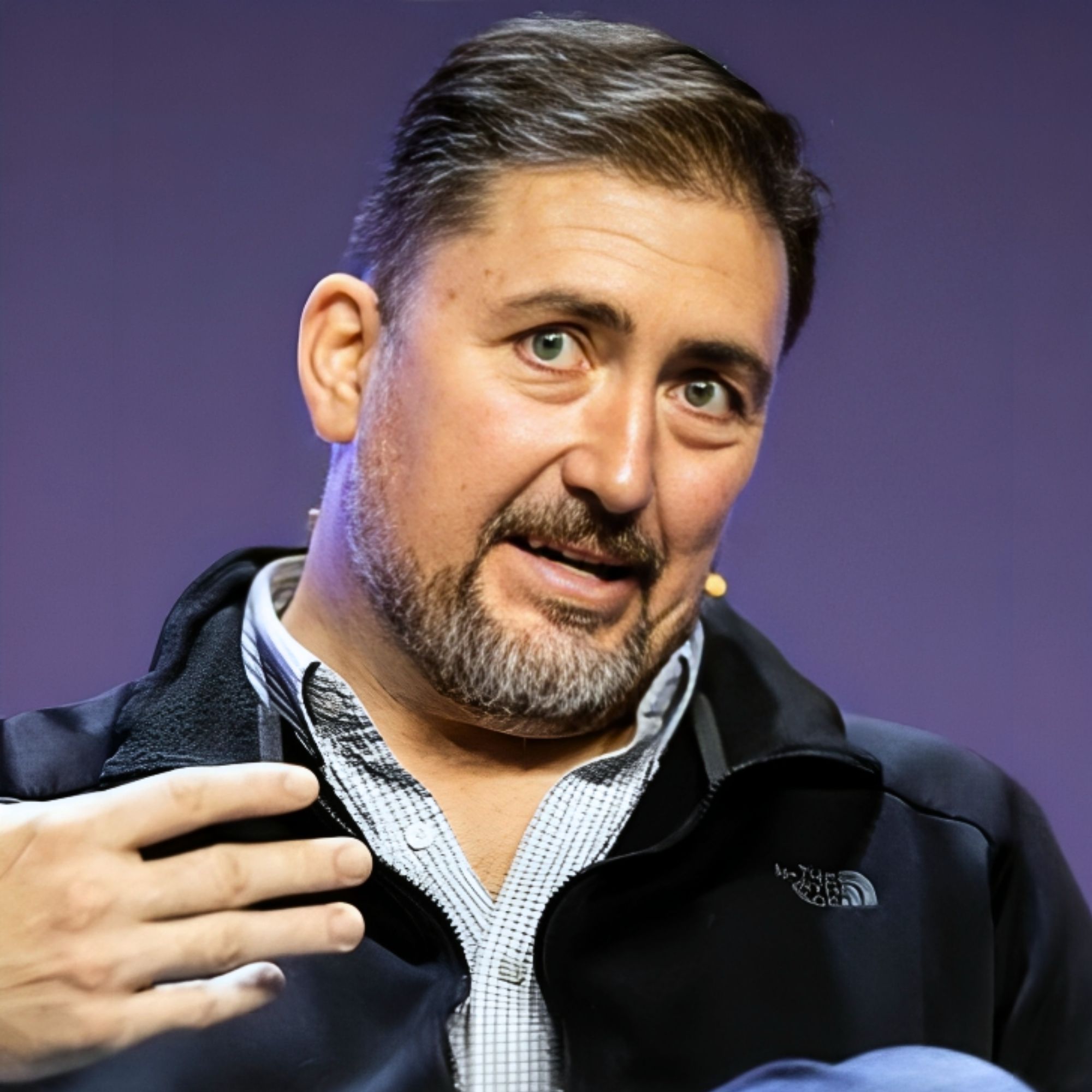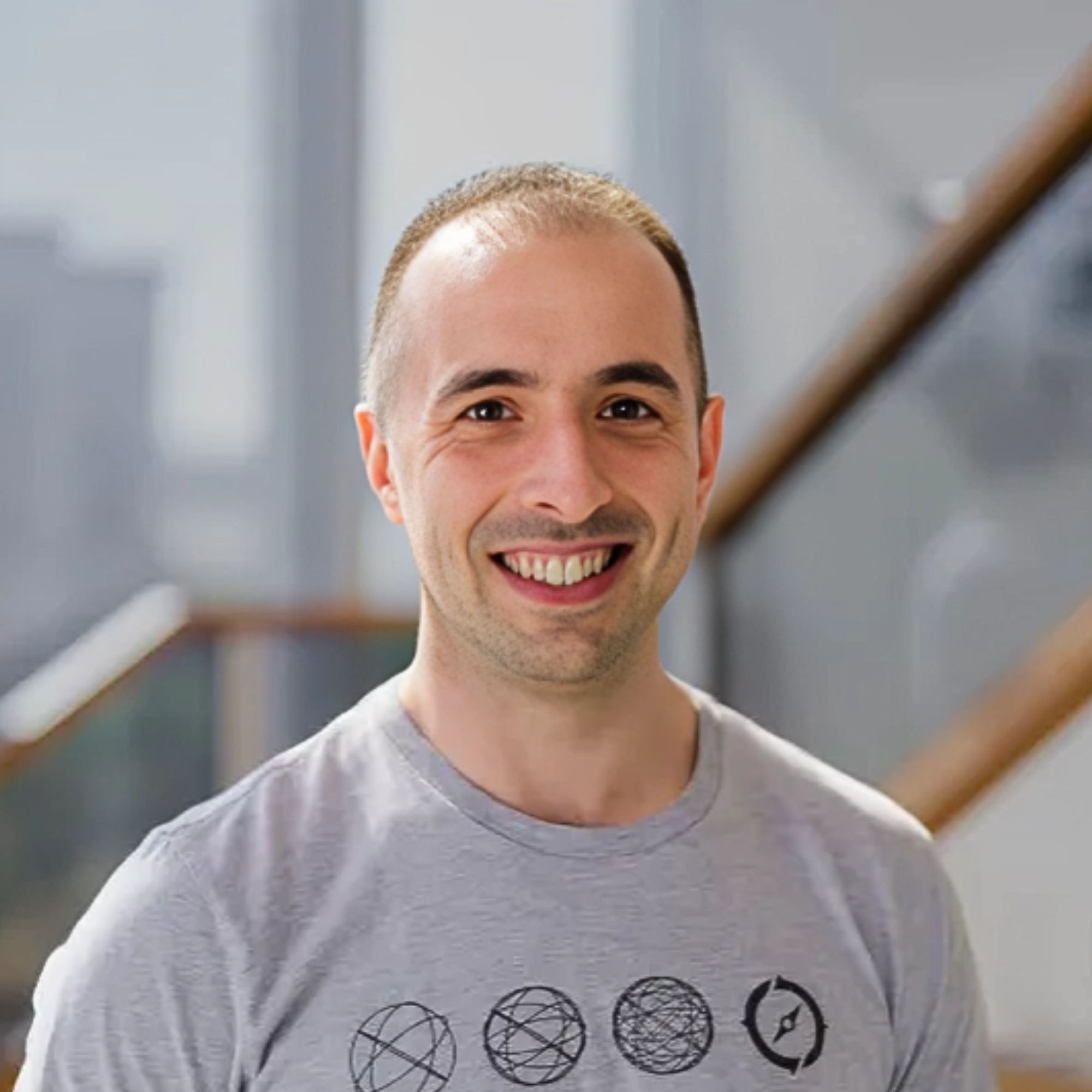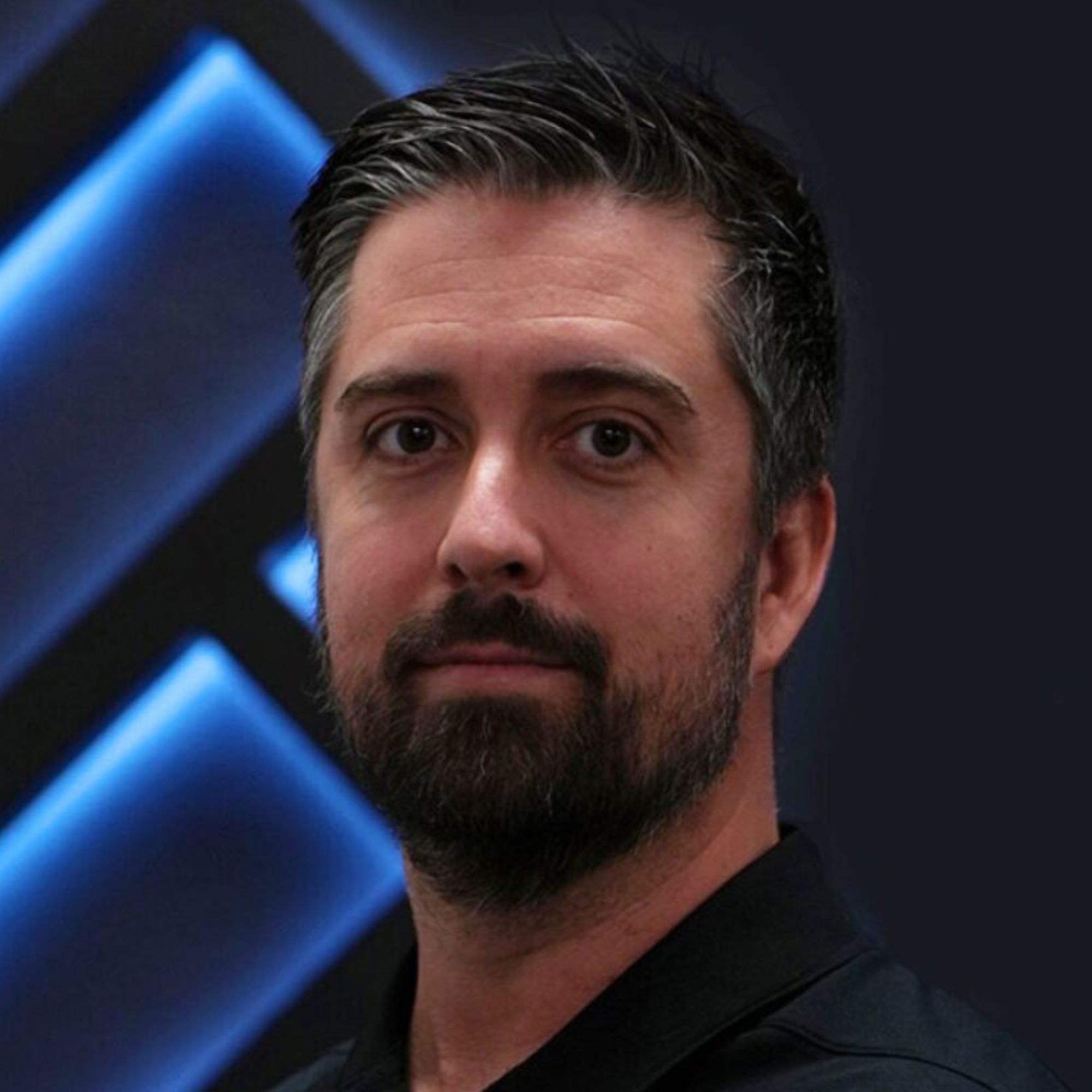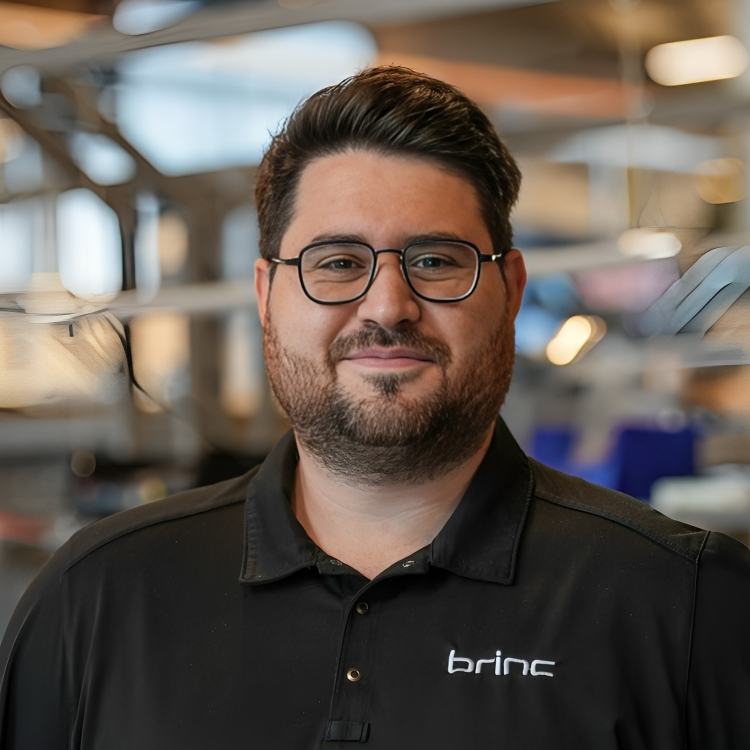Ready to build your own Founder-Led Growth engine? Book a Strategy Call
Frontlines.io | Where B2B Founders Talk GTM.
Strategic Communications Advisory For Visionary Founders
Actionable
Takeaways
Target decision-makers with career-level consequences:
Rather than pursuing prospects who might "take a risk," Behnam focuses on "those that lose their jobs if they're not solving the problem" - specifically business unit leaders whose profit margins or sales metrics directly impact their career trajectory. This creates urgency that comfortable cloud users lack and accelerates deal cycles by aligning solution adoption with personal survival incentives.
Leverage external market catalysts for thesis validation:
OpenInfer initially faced investor pushback ("Nvidia's got everything working well. Why you think you can do anything better?") until DeepSeek's efficiency breakthrough provided third-party validation. "January hits and then there's DeepSeek... People called us, hey, you're DeepSeek on edge." Founders should identify potential external events that could validate their contrarian thesis and be prepared to capitalize when these catalysts occur.
Lead with technical proof points over explanations:
In markets with high failure rates, demonstrations eliminate skepticism faster than education. "We definitely have metrics, demos, and we go with those. We demonstrate what's possible... we remove this skepticalism in terms of ease of deployments, power of edge in one shot." This approach recognizes that technical buyers need confidence before curiosity.
Pursue unexpected traction sources aggressively:
Despite targeting enterprise ISVs, government demand emerged due to air-gapped environment requirements. "Government is actually becoming huge traction primarily because data ownership was a major topic to them." Rather than forcing initial market hypotheses, founders should redirect resources toward segments showing organic product-market fit signals, even when they require different sales processes.
Build credibility through architectural pattern repetition:
Investors backed OpenInfer because "we are the people that have built this twice, scaled it to millions." Repeating proven technical patterns across different contexts creates sustainable competitive advantages that new entrants cannot replicate without similar experience depth.
Conversation
Highlights
OpenInfer: How System Architecture Repetition Created Edge AI Infrastructure Advantage
Pattern recognition beats constant innovation when building technical infrastructure. Behnam Bastani proved this by executing the same system architecture three times across different companies, ultimately creating sustainable competitive advantages that new market entrants cannot replicate without similar depth of experience.
In a recent episode of Category Visionaries, Behnam, CEO and Founder of OpenInfer, revealed how architectural pattern repetition from Meta’s Oculus Link to Roblox’s gaming infrastructure to OpenInfer’s enterprise edge AI platform demonstrates the power of execution mastery over technical novelty. His journey illustrates how founders can build systematic advantages through proven approaches rather than pursuing untested innovations.
The Oculus Link Foundation: Proving Edge Compute Viability
Behnam’s architectural journey began at Meta, where he and his co-founder built the runtime system that became Oculus Link. “At Meta, we built, you may call it Pipeline, a runtime system that enabled applications to run much closer to devices at higher throughputs,” Behnam explains. The breakthrough wasn’t just technical – it was architectural philosophy.
The innovation lay in challenging fundamental assumptions about where compute-intensive operations needed to happen. “We realized the potential when we do an amazing system architecture to really remove our attachment to bigger machine cloud by systematically thinking about how we use resources, how we use operations,” Behnam notes. Oculus Link proved that sophisticated VR applications could run on tiny Qualcomm chips inside headsets, eliminating dependency on remote cloud processing.
This architectural approach created measurable business value through cost reduction and performance improvement, establishing the pattern Behnam would repeat at increasing scale.
Roblox: Testing Pattern Scalability
Rather than pursuing entirely different technology, Behnam deliberately chose to test his architectural pattern across broader use cases. “The reason I joined Roblox is at Meta, we’re like, oh my gosh, if we solve that problem for Oculus headset, so real time operation can run on that tiny Qualcomm chip on the headset, can we actually repeat that to all different type of chips?”
The Roblox challenge involved greater complexity: supporting millions of users across diverse hardware configurations. “Kids users, game players of Roblox have different handhelds. Roblox has its own prem. Can we actually scale it?” The architectural pattern held, but the experience revealed the broader market opportunity that would eventually drive OpenInfer’s creation.
Market Opportunity Discovery: Compute Efficiency at Enterprise Scale
While scaling edge infrastructure at Roblox, Behnam identified what would become OpenInfer’s core market thesis. “While we were on that journey, we realized, my gosh, there’s so much computing left on the table. And that was the time we were like, we gotta do something about this.”
The timing aligned with enterprise AI adoption patterns creating cost pressures. “The AI is becoming more and more expensive. Models are getting bigger and bigger. Cost is becoming the next big thing. Especially if people want to have AI always on,” Behnam explains. He identified specific use cases where continuous AI operation – assistants, code generation, security analysis – created prohibitive cloud costs.
“If you are in control of your data and cost is not prohibitive, then have your assistant have your companion always with you, always on. And it can just chime in and go out and get more intelligent as it observes you,” Behnam describes.
Investor Education Challenge: Overcoming Efficiency Skepticism
When Behnam launched OpenInfer in late 2023, the market narrative favored hardware scaling over optimization. “I stepped out late last year, talking about how much compute is left on the table. And people are like, really? Nvidia’s got everything and everything’s working well. We just get more and more higher end GPUs. Why you think you can do anything better?”
The funding process required extensive investor education. “It took a lot of, you know, explanation for some of our VCs,” Behnam recalls. The prevailing assumption was that AI problems required more powerful hardware rather than more efficient software architecture.
The DeepSeek Catalyst: External Validation Transforms Market Perception
DeepSeek’s January 2025 efficiency breakthrough provided the external validation OpenInfer needed. “January hits and then there’s DeepSeek and it’s all about, hey, there’s so much computer under the table. And we were able to do X, Y, Z. Such an amazing training on the cloud. And then the whole thing changed.”
Market perception shifted immediately. “People called us, hey, you’re DeepSeek on edge,” Behnam explains. “So people started to realize, my gosh, the world is now different. We just overemphasized that. Let’s throw hardware at it. A good engineering can do a 10x multiplier in terms of utilizing resources more efficiently.”
The validation was so strong that their funding round dynamics reversed. “We were oversubscribed, so we had to close the round smaller for dilution perspective,” Behnam notes.
Customer Targeting Strategy: Career-Level Consequences Drive Urgency
OpenInfer’s go-to-market approach focuses on prospects facing personal career consequences rather than comfortable evaluators. “Those that lose their jobs if they’re not solving the problem, and they tend to be folks that are responsible for the business unit, just can’t land the Sale or you know, like the profit margin is going down, I just need to fix it,” Behnam explains.
This targeting methodology explicitly avoids low-urgency prospects. “Maybe sometimes feel comfortable to be on the cloud, you know, like, do I want to take a risk or not? And we find those are not the customers we should focus on first,” he says. Instead, OpenInfer targets three specific pain points: cost reduction for AI-intensive applications, data privacy requirements in regulated environments, and reliability needs for systems that must function regardless of connectivity.
Government Market Discovery: Unexpected Traction Through Data Sovereignty
While initially targeting enterprise ISV partners, government demand emerged as an unexpected growth driver. “We started focusing on purely enterprise and we saw, we didn’t anticipate what we saw. Government is actually becoming huge traction primarily because data ownership was a major topic to them,” Behnam reveals.
Government requirements created perfect alignment with edge AI capabilities. “Reliability, working in an air gapped environment is a key thing. And actually we are finding in these environments cost is also a major topic for them. So data ownership, reliability and cost,” Behnam explains.
This discovery led OpenInfer to pursue government contracts despite procurement complexity. “It’s a difficult space, requires a very different engagement strategy, partnerships with certain enterprises for certain prime contractors and certain avenues to tap in available innovation funds,” Behnam acknowledges.
Sales Methodology: Technical Proof Points Over Education
In a market where implementation failure rates exceed 70%, OpenInfer leads with demonstrations rather than explanations. “We definitely have metrics, demos, and we go with those. We demonstrate what’s possible. So we remove this skepticalism in terms of ease of deployments, power of edge in one shot,” Behnam states.
This approach recognizes that technical explanations often increase rather than reduce buyer skepticism in markets with high failure rates. When prospects can observe immediate results, concerns about complexity and reliability resolve more quickly than through traditional educational sales processes.
Competitive Advantage Through Execution Depth
OpenInfer’s primary competitive advantage stems from execution experience rather than technical novelty. “Our investors, our partners really do see that we are the people that have built this twice, scaled it to millions so they know what it is,” Behnam explains.
This track record provides crucial differentiation in a market where most attempts fail. Rather than competing on features or pricing, OpenInfer competes on proven ability to execute complex system architecture at scale – something new entrants cannot replicate without similar experience depth.
Privacy-First Positioning: Unlocking Previously Inaccessible Markets
Edge deployment enables privacy-first AI applications that cloud-based solutions cannot support. “We’ve seen that people when we build applications that when we give them and they are in control of privacy, they actually use AI for use cases that we didn’t even think it’s possible,” Behnam observes.
“Counseling is a big topic. Health matter is a big topic. People just don’t feel comfortable consumer space, enterprise. They don’t feel comfortable moving their data, moving their code. It’s just too much of a risk,” he explains. Privacy-first architecture unlocks market segments that traditional cloud AI cannot address.
Future Vision: Seamless AI Integration Infrastructure
Behnam envisions AI becoming invisible infrastructure rather than discrete applications. “I do see a world that seamlessly we are interacting. AI is lives with us. You don’t even think it’s there. It’s not a single thing. It’s everyone,” he explains.
His analogy reveals the architectural scope: “It’s like you’re at home, you have kids, you have family, you don’t say, oh, is there a single human or not here? No, everyone is around you, everyone grows with you, everyone collaborates, you live with them.”
Implementation Lessons for Technical Founders
OpenInfer’s journey demonstrates how technical founders can create sustainable competitive advantages through pattern recognition rather than constant innovation. By executing the same proven architectural approach across multiple contexts, Behnam and his team developed execution depth that competitors cannot easily replicate.
The key insight is that repetition of proven patterns, combined with precise market timing and customer targeting, creates more sustainable advantages than pursuing novel technical approaches. For B2B founders, this suggests focusing resources on perfecting execution of validated approaches rather than continuously pursuing untested innovations.
“This is a space that is hard. It requires really deep system thinking,” Behnam concludes. The combination of technical execution depth and systematic market approach positions OpenInfer to capitalize on the growing enterprise need for cost-effective, privacy-preserving AI infrastructure.

























